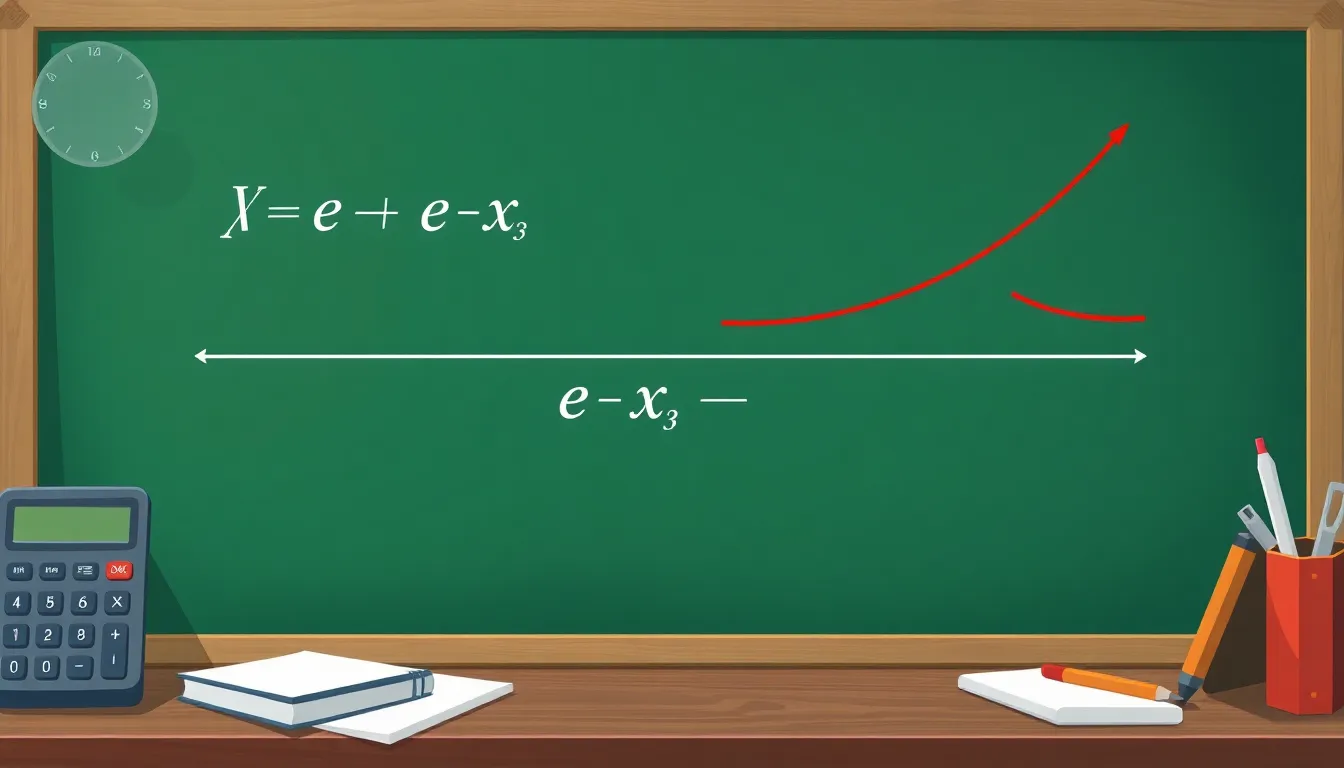Ever wondered how mathematicians turn the seemingly magical function ( e^x ) into a series of simple terms? Enter the Taylor series—a delightful way to approximate complex functions using polynomials. It’s like taking a complicated dish and breaking it down into bite-sized ingredients that anyone can digest.
Imagine being able to predict the behavior of ( e^x ) just by knowing a few of its neighbors. With the Taylor series, you can whip up an approximation that’s surprisingly accurate, even if you’re just a math enthusiast with a penchant for numbers. So grab your calculators and get ready to unravel the secrets of this exponential wonder. Who knew math could be this fun?
Table of Contents
ToggleUnderstanding the e^x Taylor Series
The e^x Taylor series expresses the exponential function as an infinite sum of terms. This series simplifies computations and helps in understanding the behavior of e^x near a specific point, typically at zero.
Definition of Taylor Series
A Taylor series represents a function as an infinite sum of terms calculated from its derivatives at a single point. Specifically, the formula for the Taylor series of a function f(x) around the point a is:
[
f(x) = f(a) + f'(a)(x-a) + frac{f”(a)}{2!}(x-a)^2 + frac{f”'(a)}{3!}(x-a)^3 + ldots
]
Each term in this series uses the derivatives of the function evaluated at point a. This expansion provides a polynomial approximation that converges to the original function within a certain range.
Significance of e^x Taylor Series
The e^x Taylor series holds particular significance in calculus and various applications. It allows for efficient computation of e^x for any value of x using a finite number of terms from the series. Specifically, the series expansion of e^x is:
[
e^x = 1 + frac{x}{1!} + frac{x^2}{2!} + frac{x^3}{3!} + ldots
]
Using just a few terms in the series delivers accurate approximations. The series converges for all real values of x, making it invaluable in fields such as physics and engineering where exponential growth and decay processes occur frequently.
Derivation of the e^x Taylor Series

The derivation of the e^x Taylor series involves evaluating the function’s derivatives at a specific point. This process constructs an infinite polynomial that approximates the exponential function.
Taylor Series Formula
The Taylor series formula expresses a function f(x) as follows:
[
f(x) = f(a) + f'(a)(x-a) + frac{f”(a)}{2!}(x-a)^2 + frac{f”'(a)}{3!}(x-a)^3 + ldots
]
For e^x, the series centers around a = 0, making the formula:
[
e^x = sum_{n=0}^{infty} frac{x^n}{n!}
]
Each term comprises the nth power of x divided by n factorial. This formulation demonstrates how e^x can take on values efficiently through its derivatives.
Calculating e^x at Different Points
Calculating e^x at various points leverages the Taylor series. For a specific x value, substituting it into the series provides an approximation. For instance, evaluating e^1 involves calculating:
[
e^1 approx 1 + frac{1}{1!} + frac{1}{2!} + frac{1}{3!} + ldots
]
By using the first few terms, accurate approximations arise. For negative values, like e^-1, employ:
[
e^{-1} approx 1 – 1 + frac{1}{2!} – frac{1}{3!} + ldots
]
This method yields precise values. The versatility of the Taylor series allows fast computations for any x, enhancing its application in various fields.
Applications of the e^x Taylor Series
The e^x Taylor series finds extensive applications in mathematics, engineering, and the sciences. Each field utilizes the series’ ability to simplify complex calculations.
In Mathematics
In mathematics, the Taylor series serves as a fundamental tool for approximating functions. Analysts derive solutions to differential equations using the e^x series, making it invaluable in calculus and numerical methods. Students often employ it to analyze function behaviors around specific points. Applications in optimization also arise, where the series aids in finding maximum or minimum values of functions. Furthermore, this series supports the development of algorithms that approximate functions and enhance computational efficiency.
In Engineering and Sciences
In engineering and sciences, the e^x Taylor series contributes significantly to solving real-world problems. Engineers model systems involving exponential growth or decay, such as population dynamics or radioactive decay rates. Scientists use the series for statistical models and data fitting. Simplifying the series allows for linearization in complex systems, facilitating easier computations. Engineers also apply the e^x series in signal processing and control systems to design and analyze filters. Consequently, this series becomes essential in predicting and managing technological processes.
Comparison with Other Series
The Taylor series for e^x shares similarities with other series, particularly the Maclaurin series.
Maclaurin Series
The Maclaurin series is a specific case of the Taylor series centered at zero. It expresses functions as an infinite sum of their derivatives evaluated at zero. For e^x, the Maclaurin series is identical to the Taylor series, as both represent the exponential function. Each term in the series contributes to approximating e^x near the origin. This similarity enhances the utility of the Maclaurin series in calculations involving exponential growth and decay.
Other Exponential Functions
Other exponential functions can also be expressed using Taylor series. Functions such as e^(kx) for constants k utilize a similar structure, with term modifications based on k. Series representation simplifies calculations of various exponential forms. For example, e^(2x) would include terms derived from its derivatives multiplied by appropriate powers of x and factorial denominators. This approach allows for the extension of the concept beyond e^x, facilitating more comprehensive analyses in mathematical modeling and engineering applications.
The e^x Taylor series stands as a powerful tool in mathematics and its applications. By transforming the complex exponential function into a manageable polynomial form, it opens doors to efficient computation and deeper understanding. Its convergence for all real values of x makes it invaluable across various fields, from engineering to physics.
As users explore the implications of this series, they’ll find it not only simplifies calculations but also enriches their grasp of exponential behaviors. The versatility of the Taylor series for e^x and related functions continues to inspire innovation and problem-solving in both academic and practical settings. Embracing this mathematical concept can lead to new insights and solutions in numerous disciplines.






